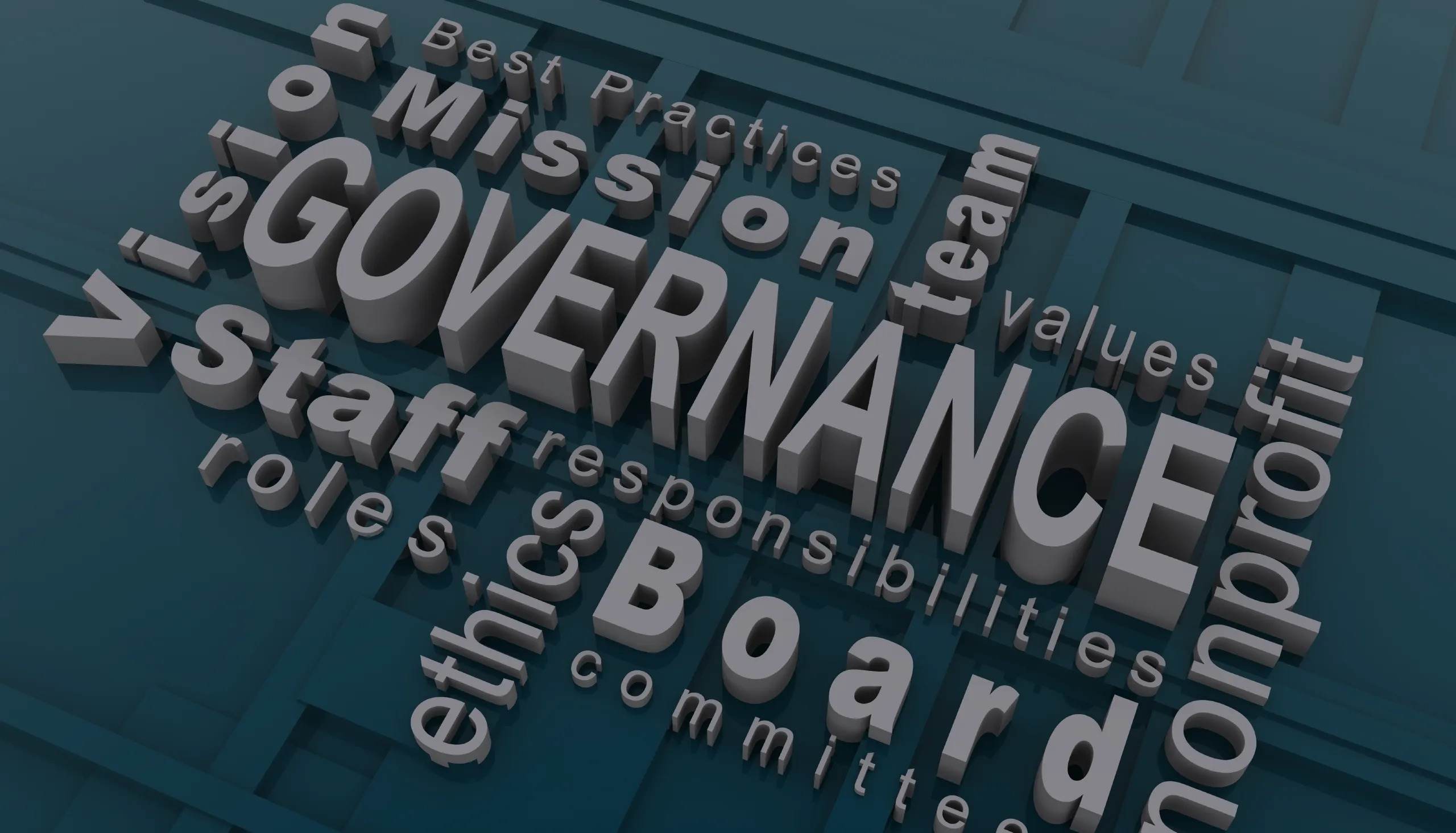
In this transcription from a Q&A session in our Community of Practice, Brian answers a question from participant Nick Osborne about why HolacracyOne doesn’t provide discounts for non-profits. By sharing his personal view, he also discusses why for-profit versus non-profit is not a very meaningful distinction with Holacracy® in place — as all companies effectively become “for-purpose” organizations instead.
https://youtu.be/yIyDpoEDoOo?t=1
Nick Osborne: Many organizations have discounted fees for non-profits or social change agents; why doesn’t HolacracyOne offer this kind of discounts?
Brian Robertson: This is a great question, and it hits at a really interesting distinction about how we hold for-profit versus non-profit in our modern world. Implicit in that distinction is an idea that non-profits are somehow doing more social good than for-profits. I actually question that underlying assumption. It could be true, and in some cases, it probably is; but in others, it may be quite the opposite. I’ve met some non-profits that have beautiful intentions and hopes, but don’t seem to be doing that much of impact in the world. And likewise, I’ve met some for-profits with people who don’t have any intention to be doing that much social good; yet they are because they’re providing something really needed, efficiently and effectively, and it’s allowing others to express their purposes.
A simple example is the average cotton farmer, who is possibly not all that motivated toward a social mission. And yet if you look at the impact that low-cost cotton garments have had in the poorest of countries, it’s actually pretty huge. Now you see cotton T-shirts as a standard staple in the poorest countries in the world, and it has had a major social and health benefit. Many of the organizations and individuals involved in producing cotton are not really trying to do that much social good. But the act of bringing something into the world that is needed in and of itself has a contribution effect. That can happen in any kind of entity, whatever its tax structure.
With Holacracy at play, the social-benefit distinction of for-profit versus non-profit is removed. Holacracy makes any organization purpose-driven, and organizes everything around expressing that purpose. But even without Holacracy at play, I think there’s a more encompassing way to hold and view organizations, which is about how much impact they have, and to what extent they are bringing things into the world that are wanted and needed.
Even with the issue of profit; all profit is is a measure of whether we’re bringing in more value than we’re consuming. Non-profits need profit just as much as for-profits, because profit funds growth. The question is: what do you do with the profits? Do you put them back into the purpose and keep funding it? Or do you distribute them out to external investors? And many for-profits don’t do much of that; they reinvest their profits toward the purpose. And some non-profits waste the profits they have — sometimes accidentally — because they don’t know how to organize. So I don’t use that as a major distinction — their intention is less relevant than what they are actually doing in the world.
If we had a reliable way of measuring how much impact an entity is actually having in the world, that might be an interesting thing to look at. Right now, the money they are pulling in, whether for-profit or non-profit, is probably a poor metric for that — and yet it’s one of the few metrics we have about how much value an entity is producing, and how much of a valuable impact it’s having that others are willing to consume and provide value back for. Cash-based currency is one measurement of that — certainly not a complete one, by any means, but it’s at least one.
Ever since HolacracyOne was founded, its founders have had an inner impulse to bring forward something in the world that we saw as valuable and helpful, and we’ve always been investigating how to create a sustainable exchange of value with others in the world. This is partly a reality check on ourselves — if nobody is willing to pay for it, then maybe we’re not delivering the value we think we are. And we’ve had to face that at times, and it sucks, but we’d rather face it than not. It also makes us get creative and find that value exchange so we can continue spreading our efforts, bring in new partners, and allow us to do this work more broadly in the world. There are many ways to assess that, and our modern currency systems are just one way to recognize an exchange of value — however, it’s the one we have to work with right now.
So my stance as the leader of our Business Model role comes from an underlying view that doesn’t see a difference between non-profit and for-profit — and because of that, wanting a consistency and integrity in our pricing model.
To learn more about self-management, join a community of pioneers and check out our e-courses → Self-Management Accelerator
